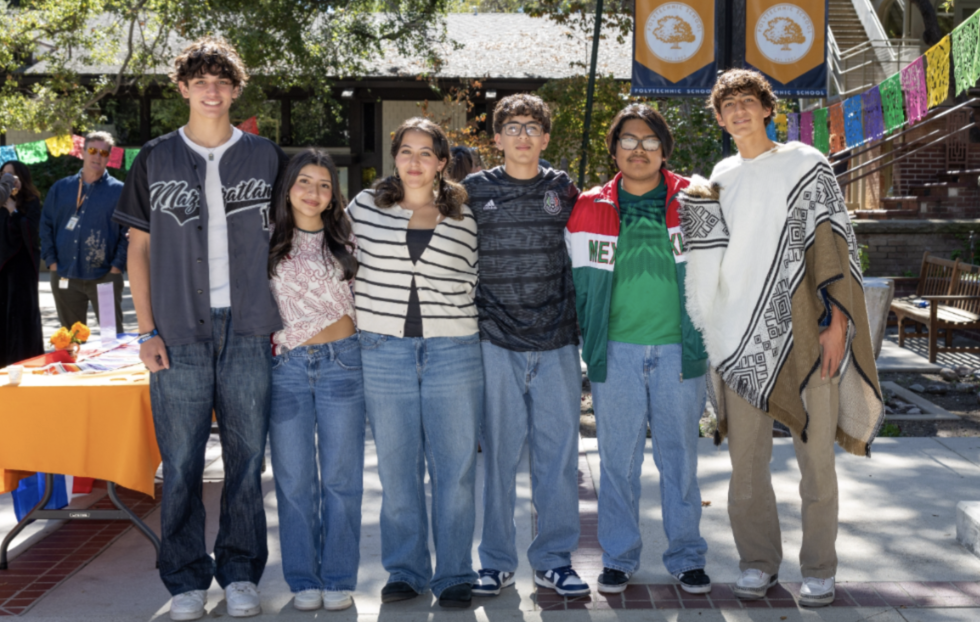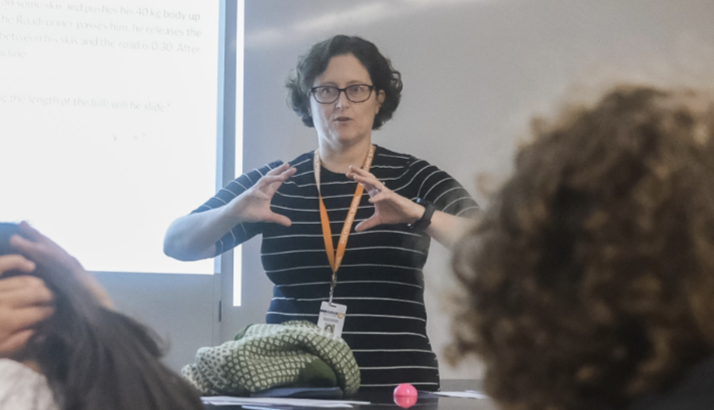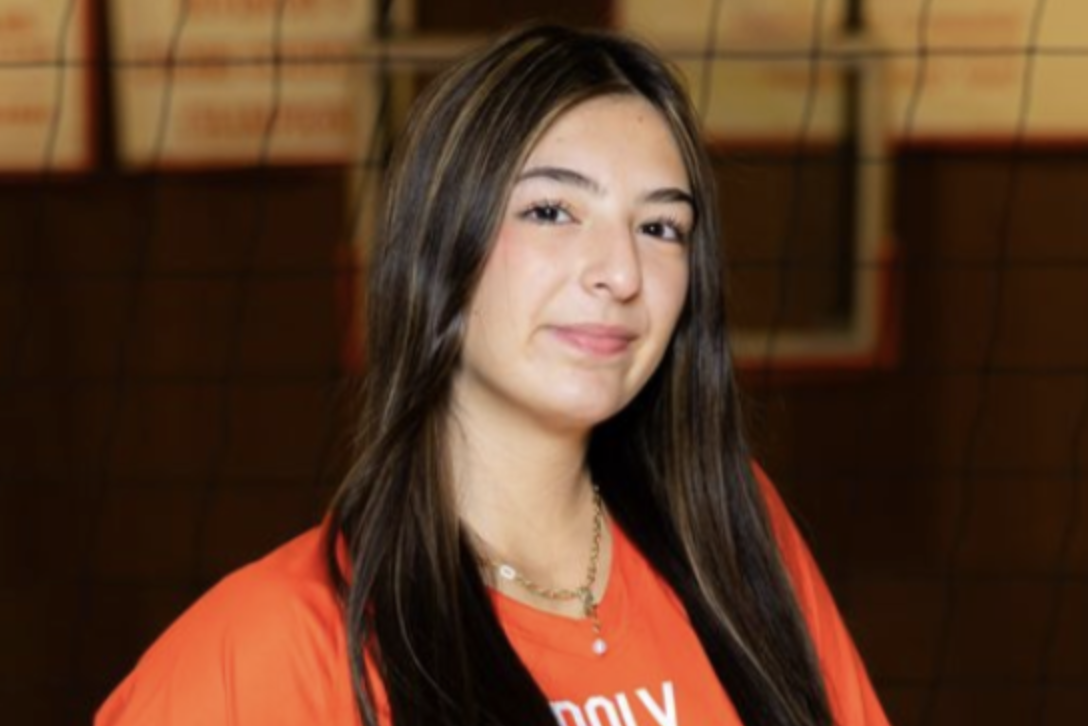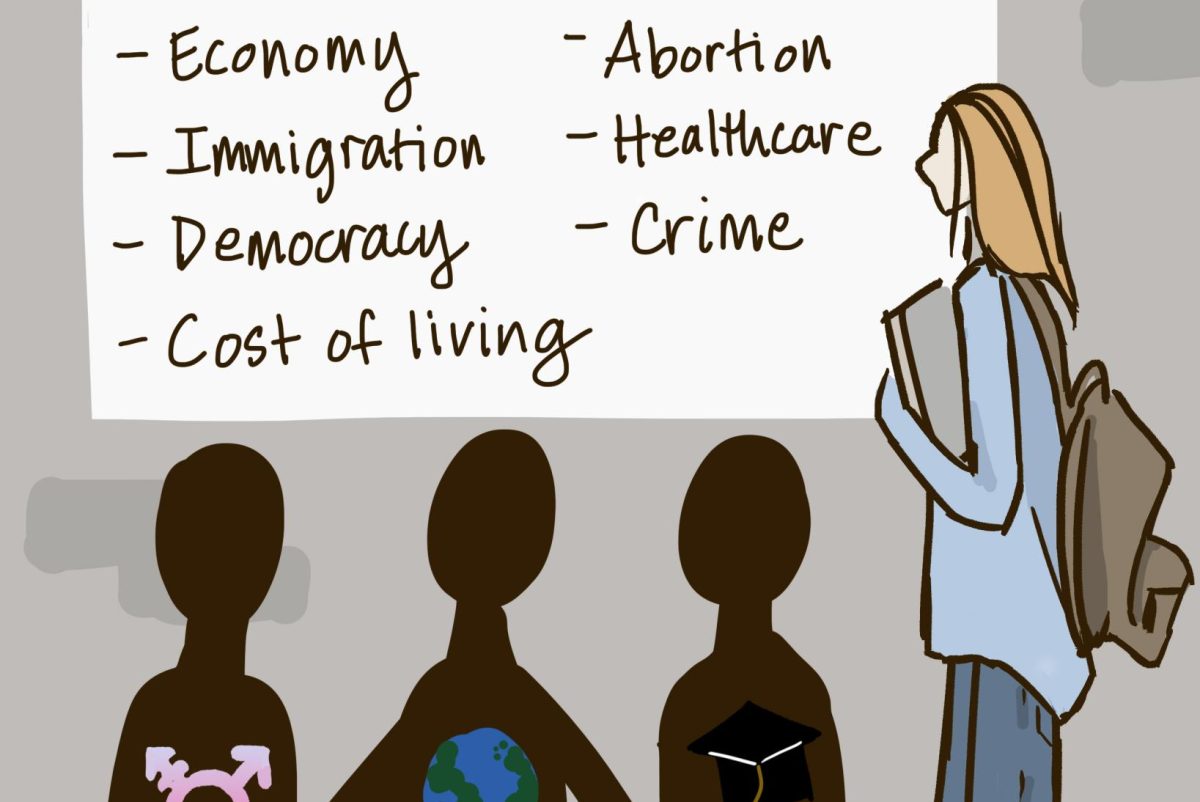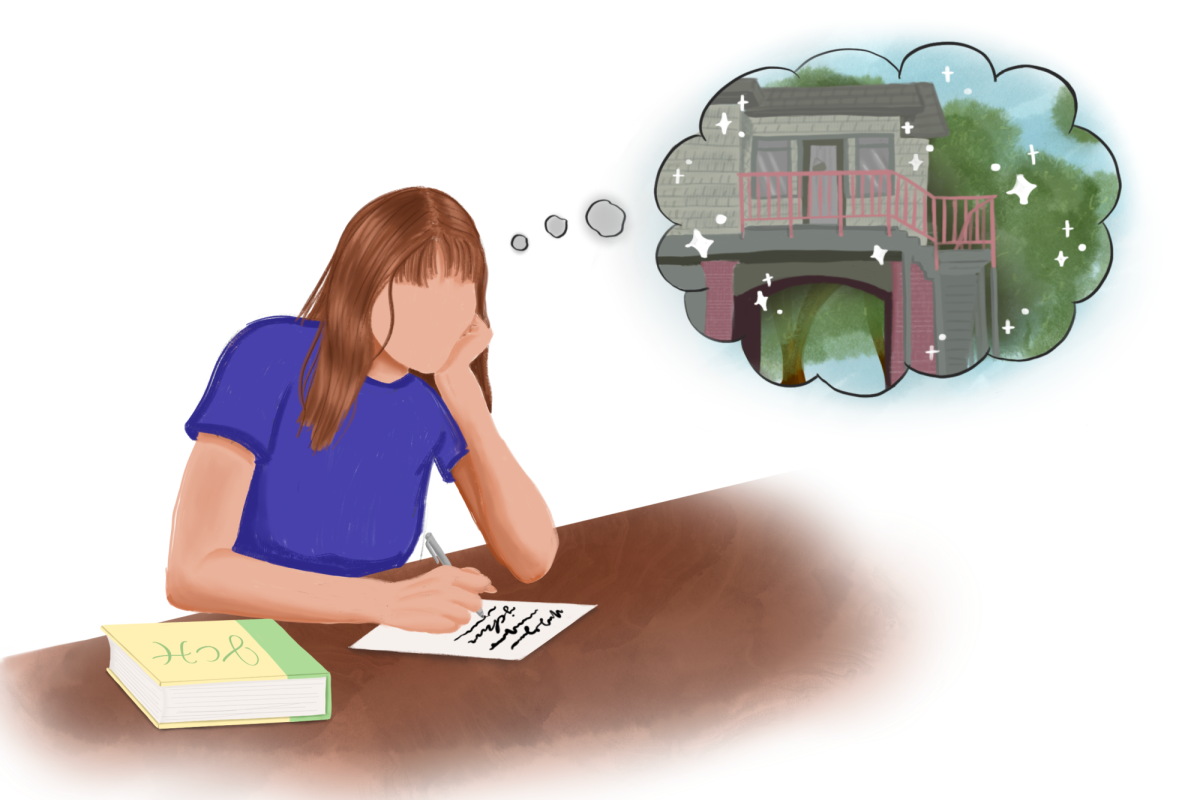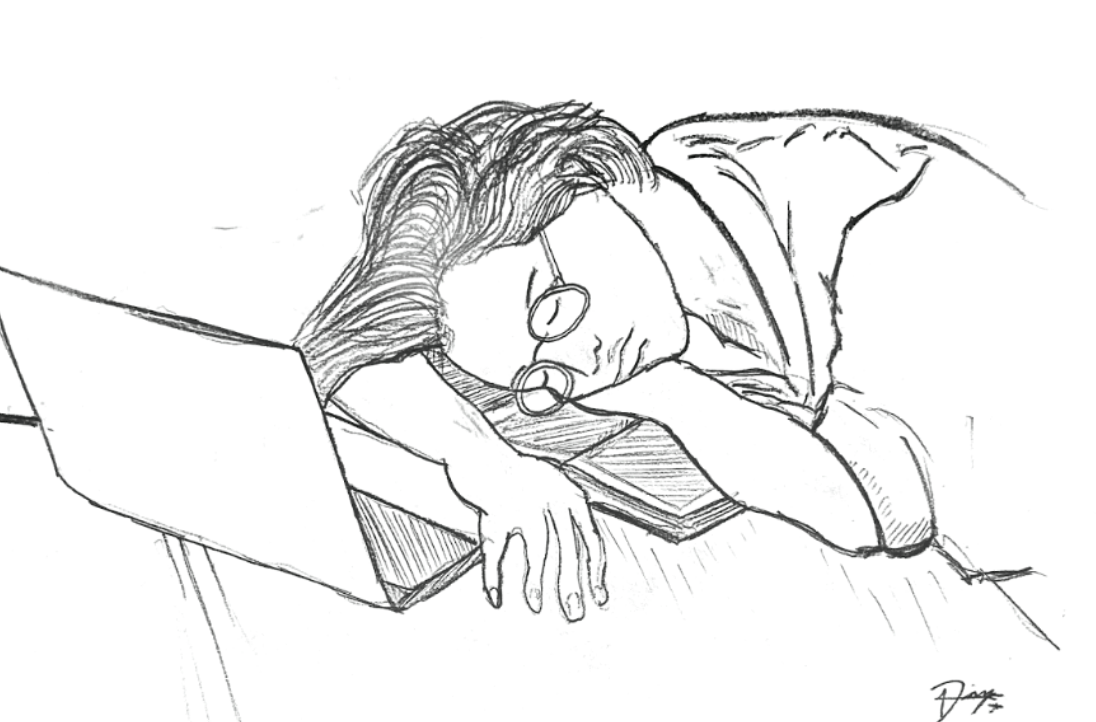Arriving at school before 8:30, heading to one rigorous class after another, followed directly by another hour of community time and then another class—this year’s new schedule feels very different from last year’s. Instead of a mid-morning break between the second and third blocks, students now sit through nearly four straight hours of classes and activities. L3 and F3 have been swapped, and what was once a lab period has become a “Study Hall.” And club blocks, once two 50-minute periods, have become divided into four shorter 25-minute segments.
Is the new schedule beneficial to our upper school’s learning environment, or is it just an unnecessary complication for students and faculty? I have found that this year’s schedule changes have unintentionally hurt our school’s learning environment and negatively impacted the well-being of our students. More specifically, the schedule’s new arrangements have created circumstances that are not ideal for teachers or students. The Upper School administration that created this new schedule did not consult Poly students before making the change, and as a result of the lack of student input, the new schedule simply does not consider the stress and well-being of Poly students.
A study by Cornell University found that “taking purposeful breaks (anywhere from 5–60 minutes) from studying to refresh your brain and body increases your energy, productivity and ability to focus.” Not only are short breaks a time to rest and relax, but they are also a tool that allows students to recharge and refocus before heading to their next class. Contrarily, the new schedule implements three consecutive hours of classes, as we no longer have the 10-minute break after the second class. Not having the time for a mid-morning snack or using the bathroom, students are feeling burnt out and overworked.
When asked about her experience with the new schedule, Poly sophomore Karina Kim remarked, “Day 1s have become so stressful. I have two academic classes, science during [Study Hall], and then another academic class, all with no break time between the four hours.” While some may argue that club time is essentially free time for students, this time is far from a real break. Just because students are not in class doesn’t mean they are getting time to relax; during club time, students often take assessments, lead or partake in clubs, or attend mandatory meetings.
Furthermore, if our morning meeting or assembly goes even slightly long, it cuts directly into our club time. To put the gravity of the issue into perspective, even the California Labor and Employment Law mandates that within four hours, an individual should be allotted a minimum of a 10-minute break. With our current schedule, students are either left without this essential 10-minute break or have their break cut short. Fortunately, there are some simple solutions to these problems. We can start by reimplementing parts of last year’s schedule so that students will have two academic classes, followed by a set 10-15-minute break and then community time. Or, shifting back to the previous schedule would eliminate the chance for academic burnout, returning to a system that teachers are already familiar with.
Opposed to the new schedule, such a shift would allow school days that are both productive, manageable and overall beneficial to the learning experience of students in our Upper School.




